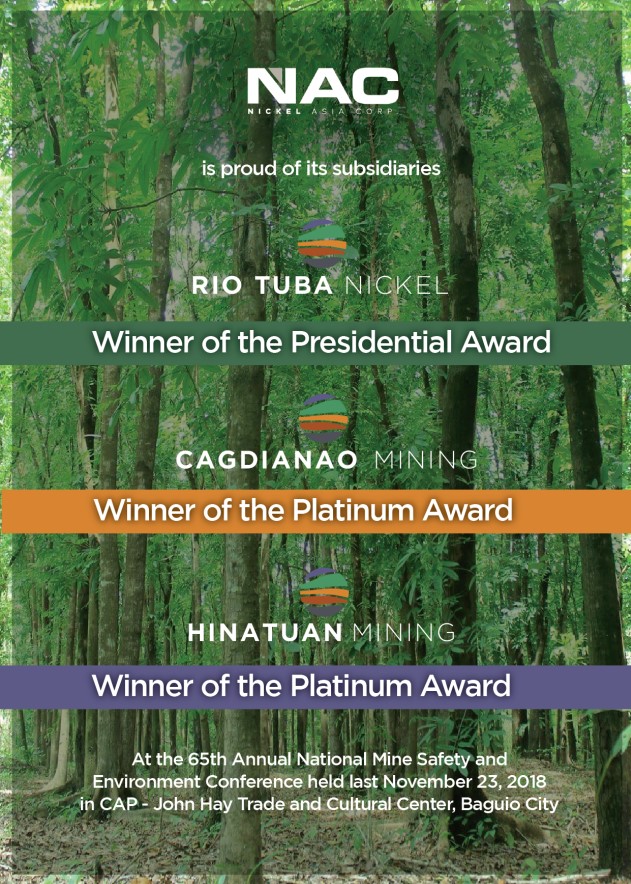Transparency, accountability demanded in river dredging projects
 By Eva C. Visperas
By Eva C. Visperas
THE public scoping for two proposed projects, one for the dredging of Limahong River Channel and Delta and the dredging of Agno River Channel and Delta located in the municipalities of Lingayen and Labrador, came under intense scrutiny during a public hearing on December 17 at the Lingayen Civic Center.
While various stakeholders — including the proponent, Seagate Engineering and Buildsystems, and the Department of Environment and Natural Resources-Environmental Management Bureau (DENR-EMB) — presented their views, it was Second District Rep. Mark Cojuangco’s remarks that highlighted significant concerns about the project’s transparency, long-term impact, and financial implications.
Cojuangco used the public hearing as a platform to press for clearer answers from those involved, especially Seagate. His comments revealed an underlying fear that the project, despite its purported benefits, might ultimately harm the areas’ environment and its residents’ future.
One of Cojuangco’s main concerns was the potential for widespread environmental and economic repercussions if the dredging projects were mishandled. “The consequence of making a mistake here is widespread,” he warned.
He raised concerns about the delta ecosystem in Binmaley and Lingayen, citing three presentations by DENR and geologists from the Mines and Geosciences Bureau (MGB), one with the governor present. The experts warned that interrupting the natural flow of materials could disrupt the delta’s balance, emphasizing the critical role of sediment in coastal protection.
Another point of contention for the congressman was the apparent misinformation surrounding the dredging project.
He noted that many residents of Binmaley and Lingayen had been under the impression that the dredging project would be entirely free of charge for the government, with no real understanding of the scale of the operation or its financial aspects. “You misinformed the public,” Cojuangco said, expressing his dissatisfaction with the lack of transparency in communicating the full scope of the project to the local population.
In particular, he raised questions about the financial structure of the project, which would cost approximately P18 billion over 10 years, with 120 million cubic meters of materials expected to be extracted from the riverbed. His concern was twofold: first, he questioned who would foot the bill for such a massive operation, and second, he asked what Seagate, as the contractor, stood to gain from the extracted materials.
“Where will you get the money to pay for it? How much will you earn from the materials that will be produced?” he asked.
If the extracted materials were to be sold or used elsewhere, he questioned whether the people of Pangasinan — especially those in the municipalities of Binmaley and Lingayen — would benefit from the revenues. “Why are we allowing materials from our delta to be taken away for reclamation projects in other parts of the country, like Manila, when we could be using them to enrich our own communities?”
The congressman also sought detailed answers on the technical aspects of the process by asking whether the dredging was intended to be purely for sediment removal or if it would also involve quarrying or mining activities. The invitation to the public hearing had mentioned the extraction of a massive 120 million cubic meters of material, and Cojuangco sought to understand whether this would be classified as quarrying or mining, which would have very different regulatory and environmental implications.
He also pointed out that, according to previous presentations from DENR and MGB geologists, the delta ecosystem was particularly sensitive, and the dredging must be done in a way that would not disrupt the natural processes that had shaped the area over thousands of years. “Our baybay was in San Carlos thousands of years ago. This delta was gradually formed because of the flow of rivers and the materials they bring,” he explained.
Ultimately, Cojuangco’s remarks called for responsible decision-making that will prioritize both the immediate and long-term well-being of Pangasinan’s people and environment.
He acknowledged the importance of the dredging project but warned that decisions must be made based on a full understanding of the potential risks and benefits.
“Before you make a decision, you should know all the details,” he urged the participants at the hearing







